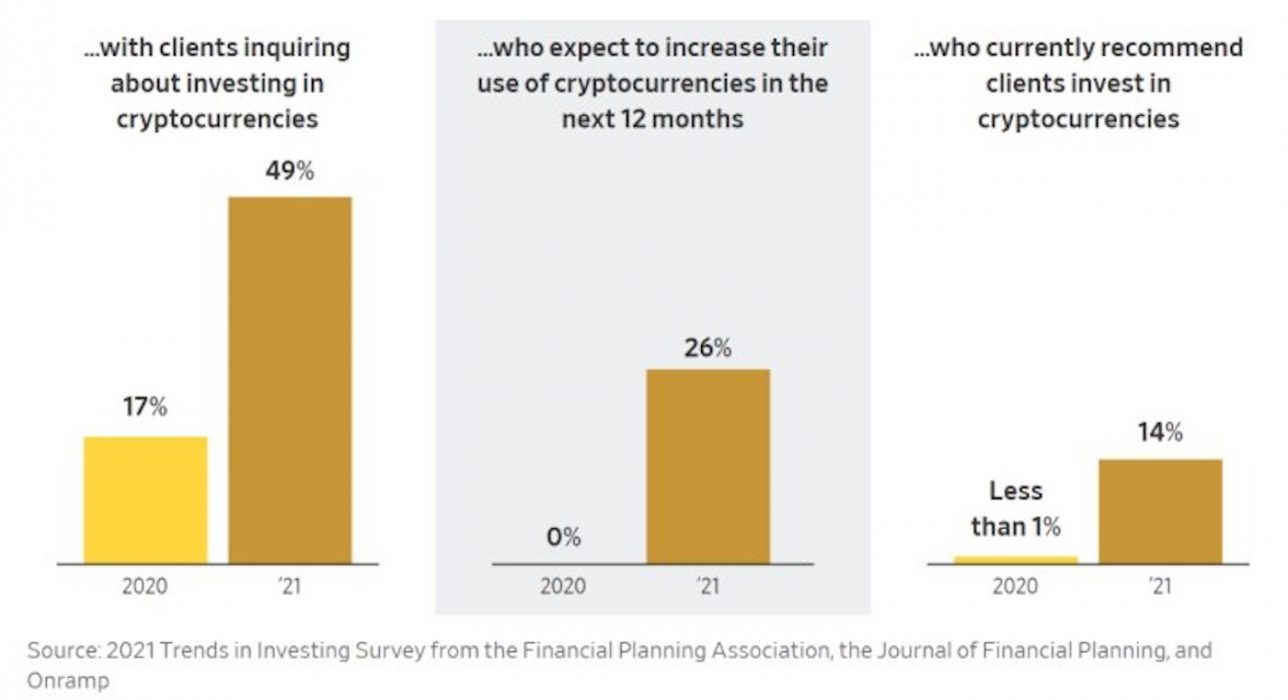The Australian Securities Exchange (ASX) has issued a warning to Australians about the risk of leaving their crypto assets in a centralised exchange, stating that they should understand the risk associated with not holding their private keys.
According to a PDF submission to the Senate Select Committee on Financial and Regulatory Technology, crypto exchanges are a business just like any other and are subject to cyber-security attacks, so Aussies should weigh the risks of leaving their funds in exchanges.
In most cases, the custodian of the underlying digital assets is the exchange itself, and the user does not have access to their private key unless they choose to transfer their digital assets to an address away from the exchange and for which they directly manage the private key.
‘Not Your Keys, Not Your Coins’
The phrase “Not your keys, not your coins” is one of the many mantras of the crypto community. Relying on a custodian, usually a crypto exchange, entails a risk as these platforms are subject to various types of attacks.
The ASX prompted the committee to consider and evaluate what regulations can be taken to address these concerns, besides disclosing the terms of custodial rights, capital technology, and operational management issues.
In saying this, we also note that crypto assets and crypto exchanges are subject to inconsistent, and in some cases minimal, regulation globally. Any measures such as those canvassed above would need to be considered in the context of the broader regulatory framework considered appropriate, in view of the nature and risks associated with these assets and activities.
ASX report
The ASX cited examples from last year, most of them hot wallet breaches. Several crypto exchanges were subject to these attacks, along with third party access, hacks, and more.
In September 2020, KuCoin experienced a hot wallet breach, losing over US$275 million. The attacker managed to steal several funds including BSV, ETH, BTC and USDT. KuCoin CEO Johnny Lyu said that most funds were recovered, though this hasn’t been verified.
ASX Stockbrokers Prepare for the New Trading Platform
The warning comes shortly after news that stockbrokers were spending millions to adapt to the ASX trading platform upgrade.
The new ASX platform, which is expected to go live by mid-2022, uses blockchain technology to register and control financial transactions. Yet it seems that traders are bearing the high costs associated with the upgrade when they try to interact with the platform.
However, a spokesman told the Australian Financial Review newspaper that this was a change that people had requested, and costs were subject to the manner in which they connected to the platform.












